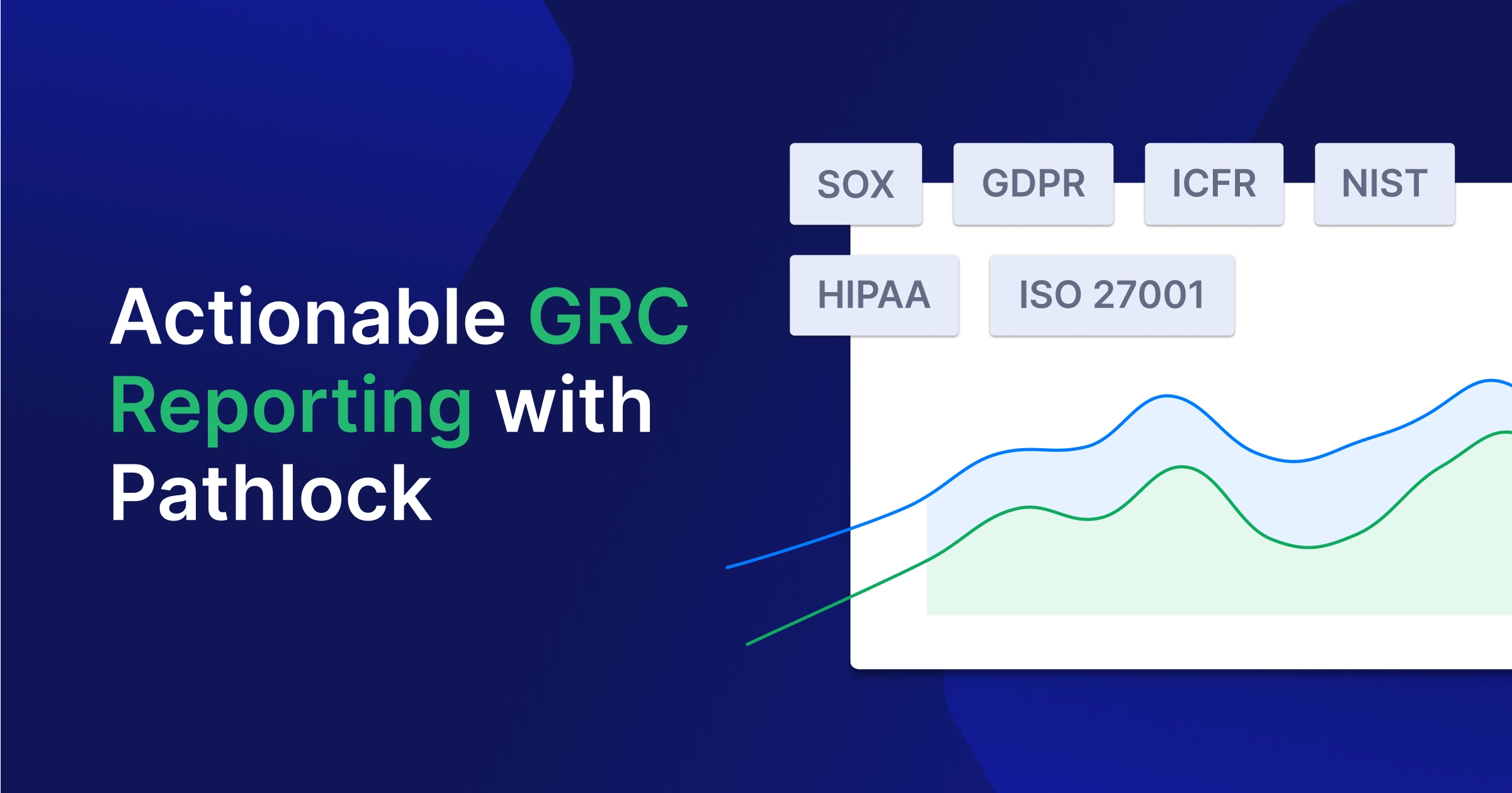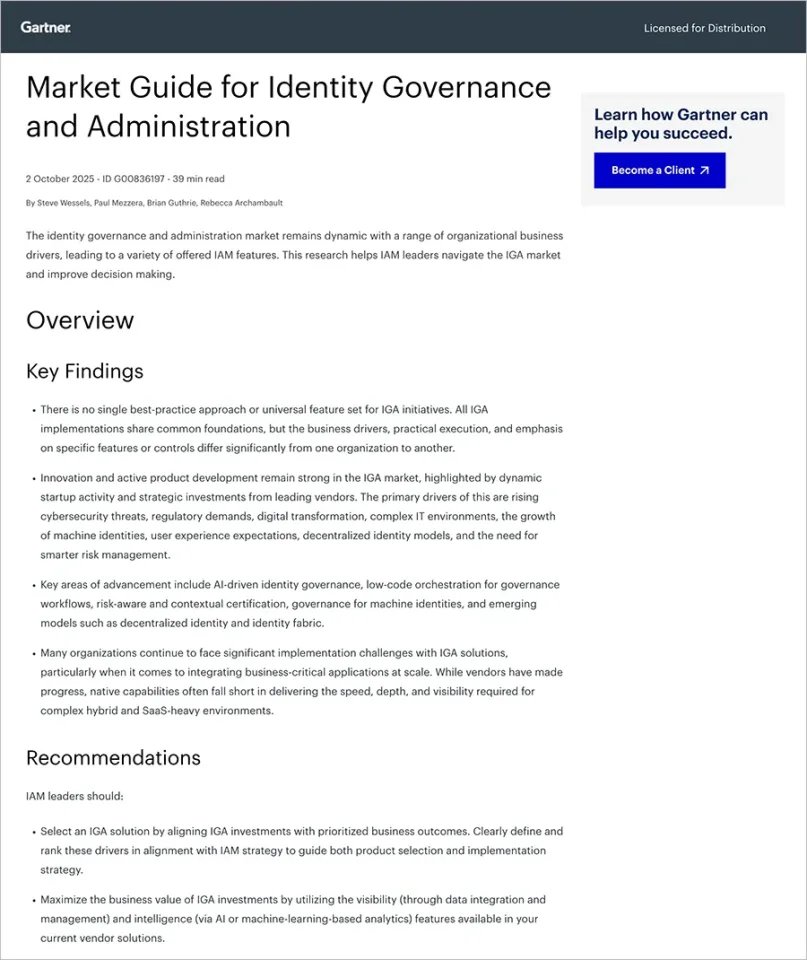Imagine running a bustling organization where everyone needs access to different systems and data. How do you ensure that each person sees only what they should without jeopardizing sensitive information? Enter user access management (UAM), your indispensable ally in regulating and monitoring access within your organization.
Think of user access management as the vigilant gatekeeper of your application data, meticulously controlling who enters and what they can see. It’s not just about keeping data safe; it’s about ensuring the right people have the right access and maintaining security without hindering productivity.
You might have heard of Identity and Access Management (IAM) – a close cousin with overlapping roles. However, UAM has its unique strengths and nuances. In this post, we’ll delve into the world of user access management, uncovering the best practices to implement in your organization for seamless and secure access control.
What Is User Access Management?
User access management is a process and set of technologies that enable organizations to control and manage user access to various resources, such as applications, data, systems, and services. The primary goal of UAM is to ensure that only authorized users can access the resources they are entitled to, based on their roles, responsibilities, and business requirements, while preventing unauthorized access.
The Relationship Between User Access Management and Identity and Access Management
User access management and identity and access management are closely related concepts in the field of information security, but they have distinct roles and responsibilities.
Identity and access management is a broad term that encompasses the policies, processes, and technologies used to manage user identities and the access those users have to various systems and applications. While UAM is a crucial aspect of managing user access, identity and access management provides a broader, more integrated approach to managing identities and access across the entire organization.
For example, UAM covers standard processes like provisioning, deprovisioning, and access reviews. IAM, however, extends to include user authentication methods like MFA, password management, and maintaining identity information in centralized directories like LDAP or Active Directory.
The primary components of Identity and Access Management include:
1. Identity Management: This involves the creation, maintenance, and lifecycle management of user identities, including employees, contractors, partners, and customers.
2. Access Management: This component governs the provisioning, modification, and revocation of access rights and privileges to various resources, such as applications, data, and systems.
3. Authentication and Authorization: Identity and access management systems implement mechanisms to verify user identities and determine their permitted actions and access levels.
4. Auditing and Reporting: Identity and access management solutions typically provide logging and reporting capabilities to monitor user activities, detect potential security breaches, and ensure compliance with organizational policies and regulatory requirements.
User access management is a specific part of a wider identity and access management framework. It is responsible for ensuring that users have the appropriate level of access based on their roles, responsibilities, and business requirements.
User access management is interconnected with identity and access management in the following ways:
1. Identity Management Integration: UAM systems rely on the identities managed by the Identity and Access Management system to determine who should be granted access to resources.
2. Access Control Policies: User access management enforces access control policies defined within the identity and access management framework, which specify the rules and conditions for granting or denying access to resources.
3. Authentication and Authorization Integration: UAM systems integrate with the authentication and authorization mechanisms provided by the IAM system to validate user identities and determine their access privileges.
4. Auditing and Reporting: User access management systems typically use the IAM system’s auditing and reporting capabilities to track and monitor user access activities.
While identity and access management encompasses a broader range of functions, user access management is specifically focused on managing user access to resources within the organization. UAM relies on the identities and access control policies defined by the identity and access management system and enforces them at the resource level.
The Core Components of User Access Management
User access management is a critical component of information security that governs user access to an organization’s resources, applications, and data. It ensures that only authorized individuals or entities can access the systems and information they require while preventing unauthorized access. The core components of an effective UAM system include accounts, users, roles, access levels, and identity governance.
Accounts
Accounts are the fundamental entities within a UAM system that represent individual users or services authorized to access specific resources. Each account is associated with a unique identifier, such as a username or account number, and typically includes authentication credentials like passwords or biometric data.
Users
In the context of user access management, users refer to both human and non-human entities that require access to resources within an organization. Human users can be employees, contractors, partners, or customers, while non-human users include applications, services, or other system components that interact with resources. User access management systems must accommodate various user types and ensure appropriate access controls for each.
Roles
Roles are a critical component of user access management that simplifies the management of user permissions. Instead of assigning individual access rights to each user, roles define a set of permissions and access levels associated with specific job functions or responsibilities within the organization. Users are then assigned one or more roles based on their duties, allowing for more efficient access management.
Access Levels
Access levels define the degree of access granted to users or roles within a UAM system. They range from basic read-only access to full administrative privileges, depending on the user’s responsibilities and the sensitivity of the resources involved. Access levels are typically hierarchical, with higher levels granting more extensive permissions.
By implementing these core components effectively, organizations can establish a robust UAM system that maintains data security, ensures compliance, and minimizes the risks associated with unauthorized access or excessive privileges.
Types of User Access Management
There are several types of UAM systems, each designed to address specific access control requirements and organizational needs. The choice of a UAM system depends on an organization’s specific requirements, security needs, regulatory compliance obligations, and the complexity of its IT infrastructure. Many organizations adopt a hybrid approach, combining elements from different user access management models to achieve a more comprehensive and tailored access control solution.
Internal User Access Management
This type deals with managing the access rights of individuals within your organization, such as employees, contractors, and interns. These users need access to specific resources to perform their roles, but not all users require access to all resources. The principle of least privilege (POLP) suggests users should only have the necessary rights to perform their tasks. This principle limits potential damage from errors or malicious actions.
Effective user access management must include processes for onboarding and offboarding users. When a new employee joins or an existing one leaves, their access rights must be adjusted swiftly to reduce the risk of unauthorized access or data breaches. A robust UAM system also includes regular audits of user access rights to identify unused or unnecessary access rights that could pose a security risk and to ensure alignment with your organization’s evolving needs.
External User Access Management
Managing the access rights of external users—customers, vendors, partners—is also crucial. These groups require access to certain systems or data, and managing this access falls under external user access management.
For example, customer access management is vital for businesses offering online services or products. Customers need access to platforms to make purchases, manage their accounts, or access support but should not have access to internal systems or sensitive data.
Like its internal counterpart, external user access management also adheres to the principle of least privilege. External users should only have the necessary access, and their activities should be monitored to quickly identify any suspicious behavior.
Managing external user access often involves using customer identity and access management solutions. These tools authenticate user identities, manage user profiles, and ensure secure personalized experiences for customers. A breach of an external user’s account can damage your company’s reputation and result in loss of customer trust along with legal consequences.
Challenges in User Access Management
User access management provides numerous benefits, but it also comes with its own set of challenges. These may include integrating UAM into existing IT systems, ensuring its scalability, maintaining compliance, and managing diverse user access rights. However, with the right strategies, these hurdles can be overcome, making UAM more effective for your organization.
Integrating with Current Systems
Many organizations have a variety of systems and applications. Integrating a UAM solution into this environment can be difficult. The key is choosing a solution that offers compatibility and easy integration with your current systems. Opting for a solution that provides APIs and SDKs can simplify custom integration efforts. Working closely with your IT team during the implementation process can help identify and resolve integration issues early.
Scalability
It’s crucial that your user access management solution can scale to meet increasing user numbers and more intricate access requirements. A cloud-based user access management solution can provide the flexibility and scalability you need. It can adapt to changes in your user base and access needs. Additionally, cloud-based UAM solutions often come with regular updates and enhancements, keeping your user access management capabilities up to date with the security requirements.
Compliance
Compliance with regulations and standards is a constant challenge for UAM. These rules determine how you manage user access and record user activities. Automated reporting and audit logs can help maintain compliance. Regular audits can help identify and rectify non-compliance issues before they escalate. Regular training for your IT and management teams can ensure everyone understands the compliance requirements and the role UAM plays in meeting them.
Managing Diverse User Access Rights
Managing user access rights within an organization can be complex, especially when accommodating different roles, departments, and locations. The solution to this challenge is to keep user access rights simple and standardized. Using role-based access control (RBAC) to group similar access rights makes them easier to manage. Regularly reviewing and updating these roles ensures they remain relevant to your organization’s needs.
Through careful planning, the right tools, and a commitment to user access management best practices, you can overcome these obstacles and create a robust, effective environment that supports your organization’s security goals.
The Benefits of Implementing a UAM System
User access management serves as a powerful tool against unauthorized access to critical systems and data, offering benefits in usability, compliance, and cost efficiency.
Increased Security
Security breaches and data leaks are becoming more common. User access management enhances security by defining and monitoring user access. This prevents unauthorized users from accessing sensitive information and allows administrators to respond swiftly to suspicious activity, minimizing possible damage.
Improved Usability
Employees often juggle multiple systems, each requiring unique login credentials. UAM simplifies this by providing a single sign-on solution. Users can access multiple applications and systems using one set of credentials, enhancing productivity, and reducing the risk of password-related security issues.
Enhanced Compliance
Compliance is a necessity in the current regulatory environment. User access management documents user access and activities, supporting compliance with regulations like GDPR, HIPAA, and SOX that require strict data access controls. Regular reports and audits allow organizations to demonstrate their commitment to data protection and privacy.
Reduced Costs
User access management’s cost savings may not be immediately apparent but are noticeable over time. UAM reduces the need for manual account administration, freeing up IT resources. Automated processes minimize human errors that could lead to costly breaches. Additionally, a single sign-on solution reduces the number of password reset requests, a frequent drain on IT resources. Cost-saving benefits include:
- Lower administrative overhead
- Reduced downtime due to faster onboarding and offboarding
- Decreased risk of expensive data breaches
- Fewer password-related help desk calls
Investing in UAM benefits your organization in numerous ways, from enhancing security and user experience to supporting regulatory compliance and reducing costs.
User Access Management Best Practices
User access management helps protect your organization’s systems and data. To enhance its efficacy, consider practices such as defining access levels and user roles, automating processes, and performing regular monitoring and audits.
Establishing Effective Access Levels and User Roles
Proper assignment of access levels and roles is a cornerstone of UAM. It simplifies user permissions management and bolsters security. Start by defining user roles based on the principle of least privilege, which ensures users only have the rights necessary to perform their tasks.
After defining roles, assign corresponding access levels. Understand the difference between viewing, modifying, or having full control. Each access level should align with the user’s job requirements.
Also, consider creating role-specific profiles for managing groups of users with similar access needs. These profiles can streamline the process of granting or revoking multiple permissions, reducing time spent on individual user management.
When establishing access levels and user roles, remember to:
- Define roles based on job functions
- Assign access levels corresponding to job requirements
- Create role-specific profiles
- Put in place a process for timely access revocation when a user changes role or leaves the organization
Automating User Access Management Processes
Manual management of user access can be prone to errors and inefficiencies. Automation can increase efficiency and reduce the risk of security breaches due to human errors.
Consider a user access management solution that supports automated provisioning and de-provisioning of user access rights. This will minimize delays and inaccuracies associated with manual processes. It also ensures immediate updates or revocation of access rights when a user’s role changes, or they leave the organization.
Monitoring, Compliance, and Regular Audits
Regular audits and continuous monitoring are vital to user access management. They help ensure that your practices are not only set up correctly but also consistently applied. Regular audits can identify inconsistencies or abnormalities in user behavior or access rights and detect orphaned or dormant accounts that could pose security risks.
Use a UAM solution that provides real-time alerts for suspicious activities. Proactive identification could avoid possible data breaches. Remember, a proactive approach to user access management is better than a reactive one.
The ultimate goal is to balance security and usability. Overly strict user access could compromise the user experience, and a lenient one could pose security risks. By following these user access management best practices, you can create an environment that offers robust security without hindering user productivity.
Aligning User Access Management with Business Objectives
Granting complete authority over access to confidential information guarantees a safe atmosphere. User access management adjusts to accommodate your organizational requirements, whether it involves regulating permissions for internal staff or safeguarding access for external users.
For the successful execution of a UAM system, it’s crucial to comprehend its elements and advantages, adhere to effective procedures, and confront any obstacles directly. Precautions include automation, consistent checks, oversight of access activities, and strict observance of compliance rules.
Striking a crucial equilibrium between usability and security is fundamental. While it may appear difficult to master UAM, the correct tactics can enhance productivity and strengthen data security.
Governing User Access with Pathlock AAG
Pathlock’s Application Access Governance (AAG) product includes modules for Access Risk Analysis, Compliant Provisioning, Certifications, Elevated Access Management, and Role Management. These modules combine to create a robust identity and access governance framework that customers can implement centrally to manage risk within and across multiple business systems such as SAP, Oracle EBS, JD Edwards, and more.
With a focus on real-time access governance, our modules continuously monitor access risks, maintaining updated knowledge of your organization’s access details. With Pathlock, you can streamline the detection and mitigation of access risks to avoid unauthorized access and potential data breaches.
Automation forms another key component of Pathlock’s solutions. Automating procedures like user provisioning, password resets, and access reviews helps save time, reduce error chances, and improve overall organizational security.
Are you interested in discovering Pathlock’s risk-based approach to user and access management? Schedule a demo now.



